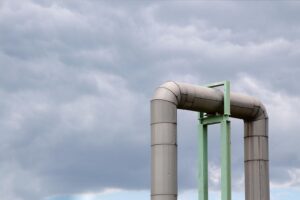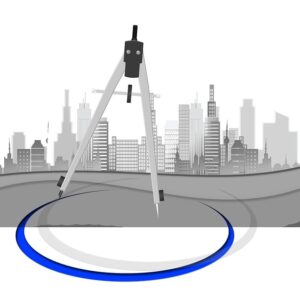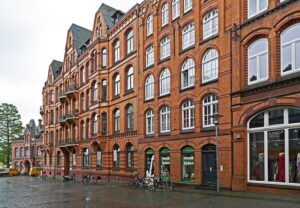Industrial destratification fans are essential for manufacturing settings to combat thermal stratification, enhancing efficiency and worker productivity. By mixing warm and cool air, these fans eliminate temperature variations, improving factory cooling and reducing energy costs. Their heavy-duty design and low-noise operation make them ideal for large spaces, promoting a comfortable and productive work environment while addressing air quality concerns in warehouses and factories.
In the dynamic landscape of manufacturing, efficient air management is paramount. This article explores low-noise industrial destratification fans—essential tools for optimizing production environments. We delve into the concept of destratification, highlighting its role in enhancing manufacturing efficiency. Key features and benefits, including improved air quality and worker comfort, are dissected. Additionally, we provide a comprehensive guide on selecting the optimal destratification solution to meet specific operational needs.
- Understanding Destratification for Manufacturing Efficiency
- Key Features of Low-Noise Industrial Fans
- Benefits: Improved Air Quality and Worker Comfort
- Selection Criteria for Optimal Destratification Solutions
Understanding Destratification for Manufacturing Efficiency
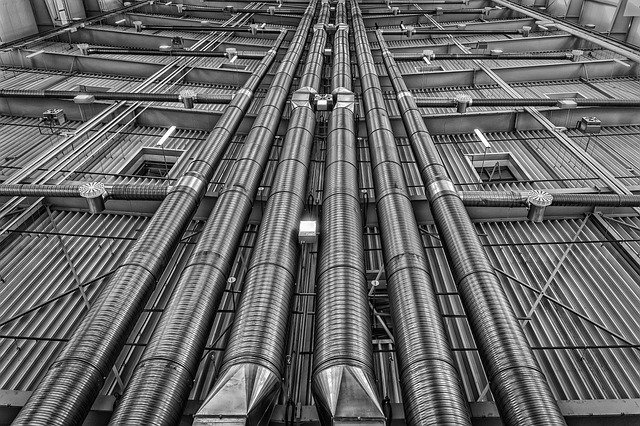
In manufacturing environments, understanding thermal stratification and its impact is crucial for improving efficiency. Industrial destratification fans play a pivotal role in addressing this challenge by promoting uniform air circulation across large spaces, high ceiling spaces, and industrial facilities. Unlike standard cooling systems that primarily focus on spot cooling, these specialized fans are designed to disrupt and mix the warm air trapped near the ceiling with cooler air closer to the floor, effectively eliminating thermal stratification. This process not only enhances factory cooling but also significantly contributes to energy cost reduction.
By ensuring optimal temperature distribution throughout manufacturing plants and warehouse applications, industrial destratification fans play a vital role in worker comfort improvement. In high-ceiling spaces where natural convection is limited, these heavy duty construction tools are essential for achieving efficient air circulation. This, in turn, can lead to increased productivity as employees experience more comfortable working conditions. Moreover, the consistent air movement helps remove heat sources and potential hazards, making them ideal for various industrial applications.
Key Features of Low-Noise Industrial Fans
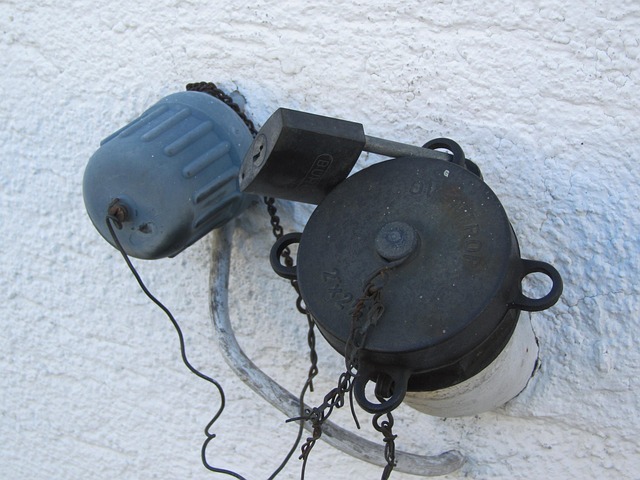
Low-noise industrial destratification fans are designed to address specific challenges within manufacturing environments, where maintaining optimal working conditions is paramount. These fans offer a range of key features that cater to the unique demands of industrial facilities and warehouse applications. Their primary function is to combat thermal stratification control in high ceiling spaces by facilitating large space air circulation, ensuring uniform temperature distribution and worker comfort improvement.
One notable aspect is their heavy-duty construction, making them suitable for demanding factory cooling tasks while enduring harsh operating conditions. Additionally, these fans are engineered to deliver significant energy cost reduction benefits through efficient air movement, thereby contributing to sustainability goals in manufacturing plants. Their low-noise operation also translates into a quieter working environment, enhancing overall productivity and worker satisfaction in various warehouse applications.
Benefits: Improved Air Quality and Worker Comfort

Implementing low-noise industrial destratification fans in manufacturing environments offers significant advantages for both air quality and worker comfort. By effectively addressing thermal stratification control, these fans promote uniform air circulation throughout large spaces, eliminating hot spots that can cause discomfort or even health issues for employees. This is especially crucial in warehouse applications and factory cooling scenarios where high ceiling spaces can lead to stagnant areas of warm air.
Moreover, improved air quality contributes to a better working environment, boosting productivity and worker satisfaction. In addition, efficient destratification fan systems can lead to substantial energy cost reduction for industrial facilities, as they help optimize the use of existing cooling infrastructure. This benefit is particularly notable in heavy duty construction settings where keeping machinery and workers cool can be energetically demanding.
Selection Criteria for Optimal Destratification Solutions

When selecting an optimal destratification solution for industrial facilities and manufacturing plants, several key criteria come into play. Firstly, consider the specific needs of your warehouse applications or factory cooling requirements. Heavy-duty construction and high ceiling spaces necessitate robust, durable fans capable of effective air circulation in large spaces.
Additionally, energy cost reduction and worker comfort improvement should be top priorities. Look for industrial destratification fans designed to minimize noise levels, as this can significantly impact the overall ambiance and productivity of your manufacturing plants. Thermal stratification control is another vital aspect, ensuring even distribution of cooling throughout the space.
Industrial destratification fans play a vital role in enhancing manufacturing environments by improving air quality and worker comfort. By understanding the key features and benefits of low-noise models, businesses can optimize their operations and create safer, more productive workspaces. When selecting the right destratification solution, considering factors like noise level, airflow capacity, and environment-specific needs ensures a successful implementation that promotes both efficiency and employee well-being.
